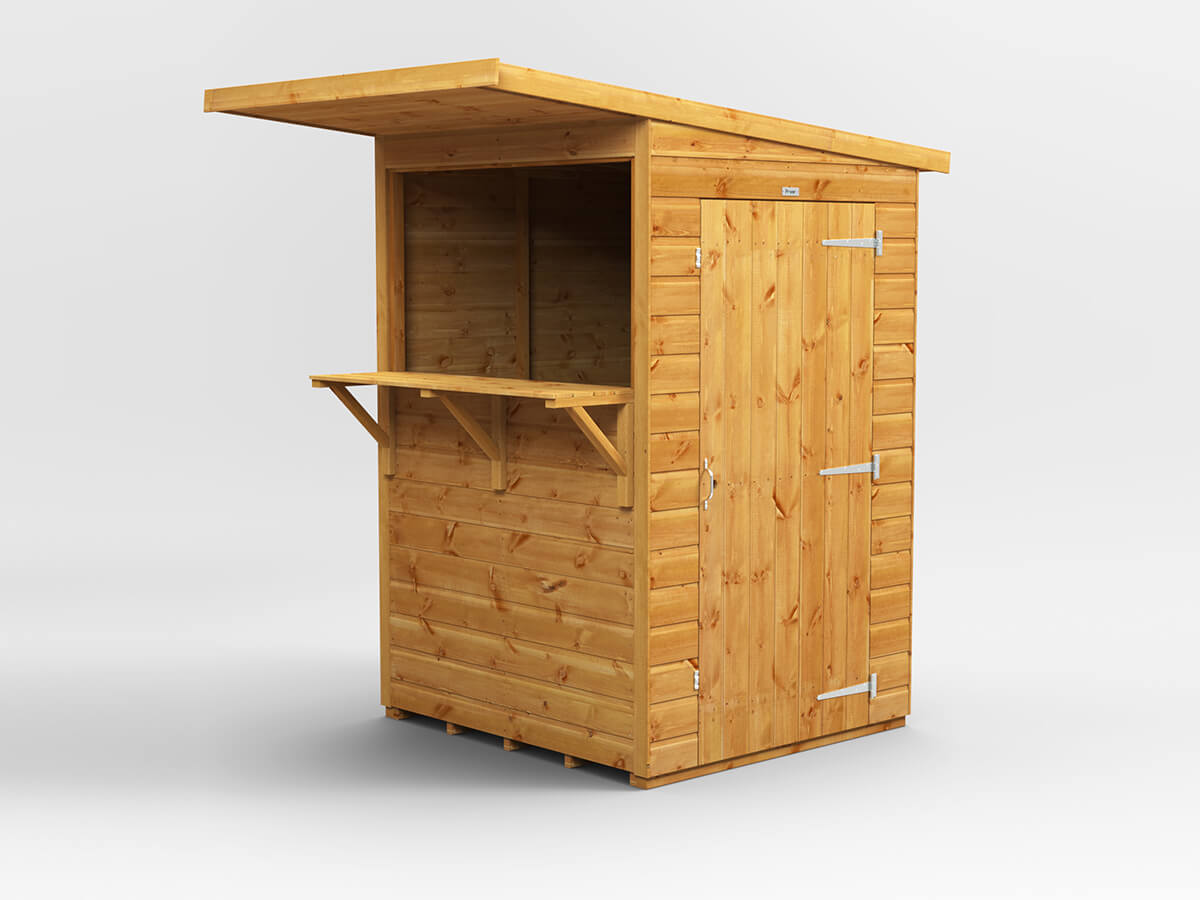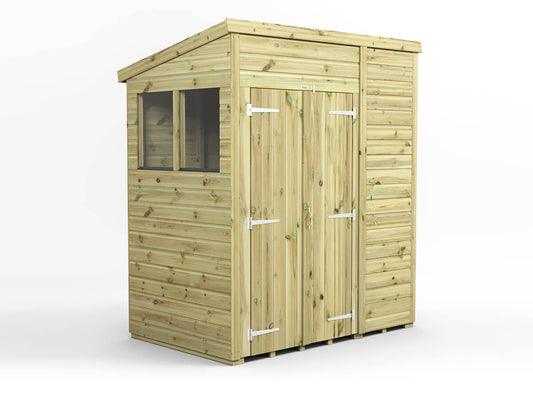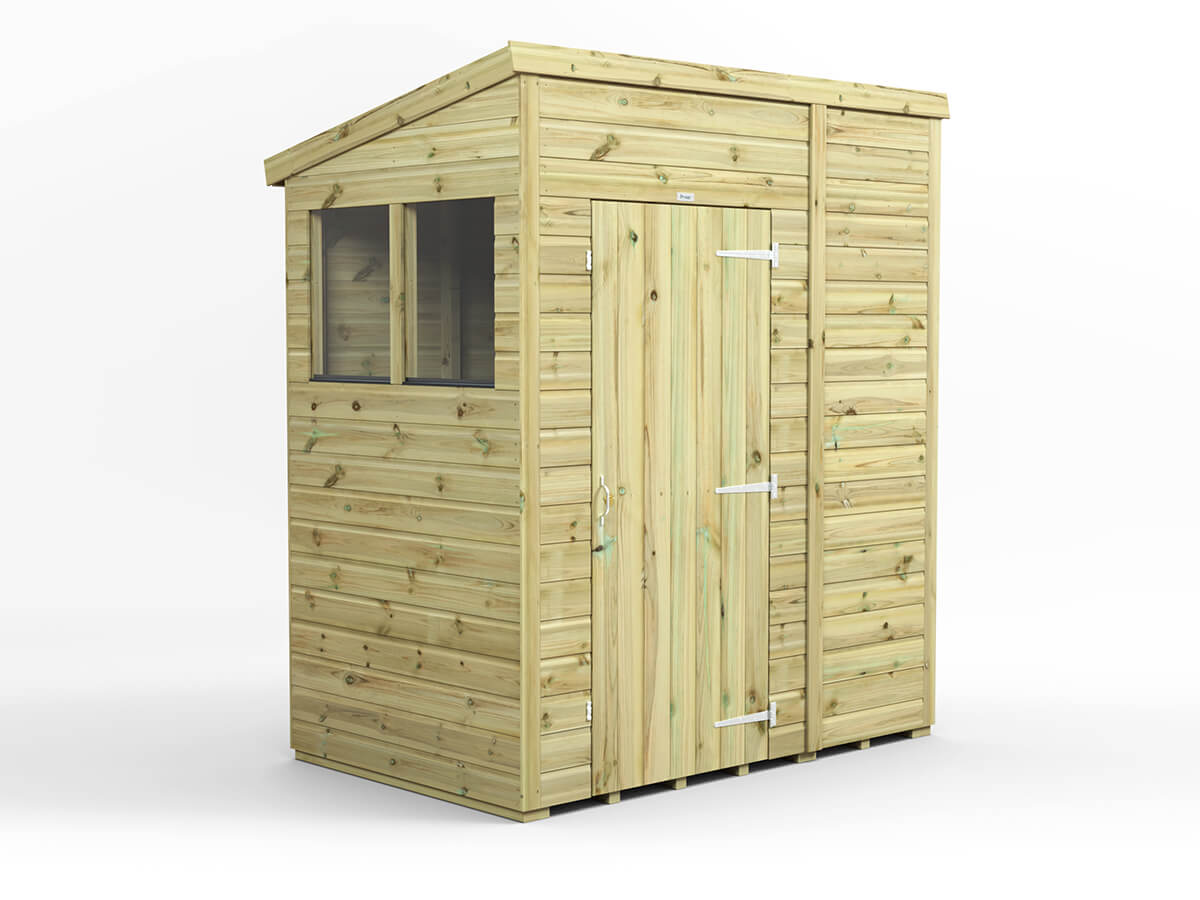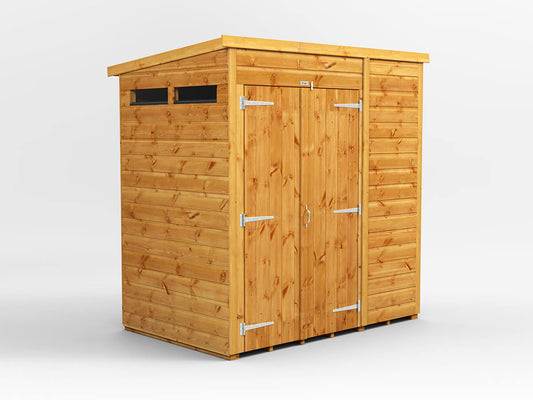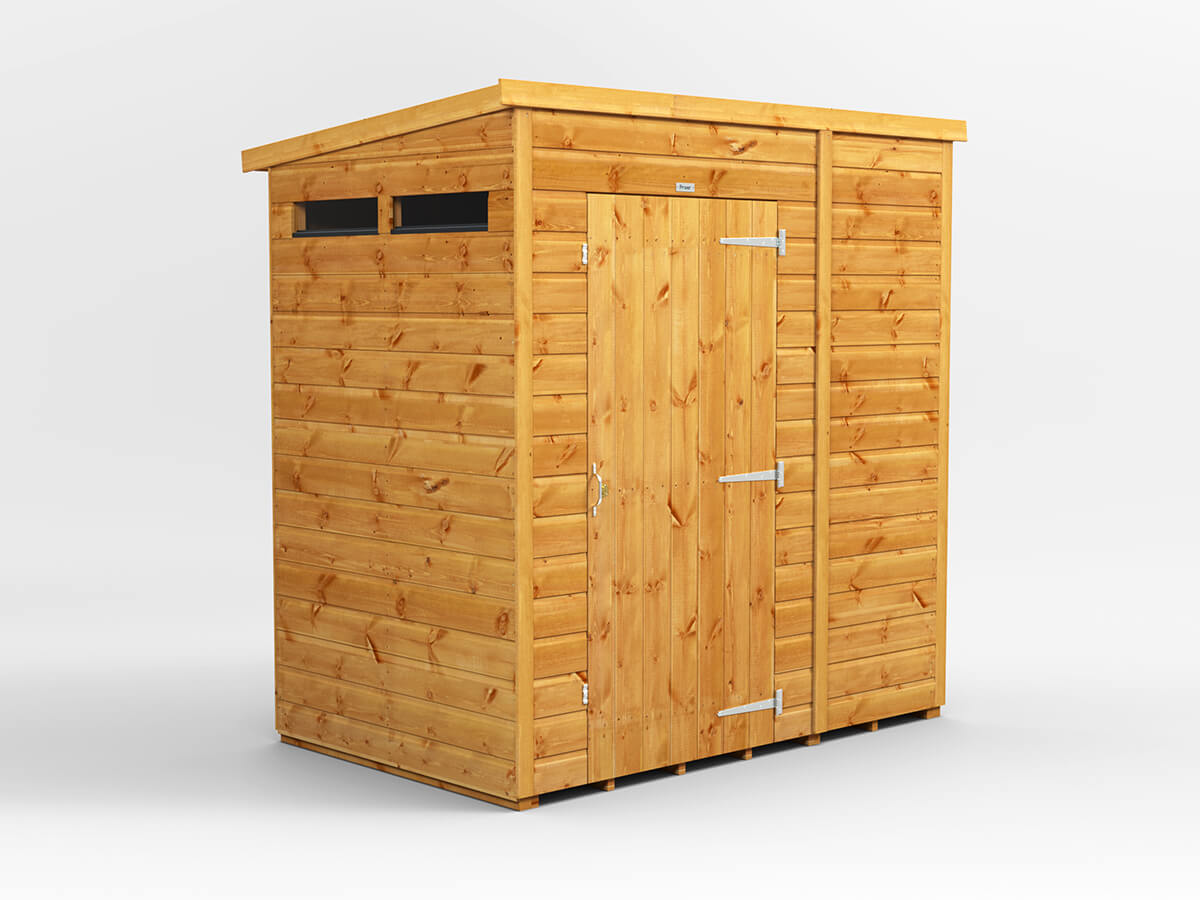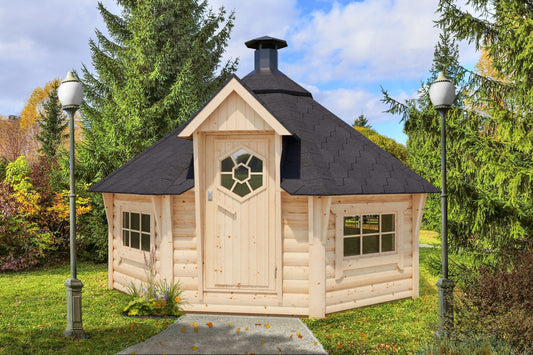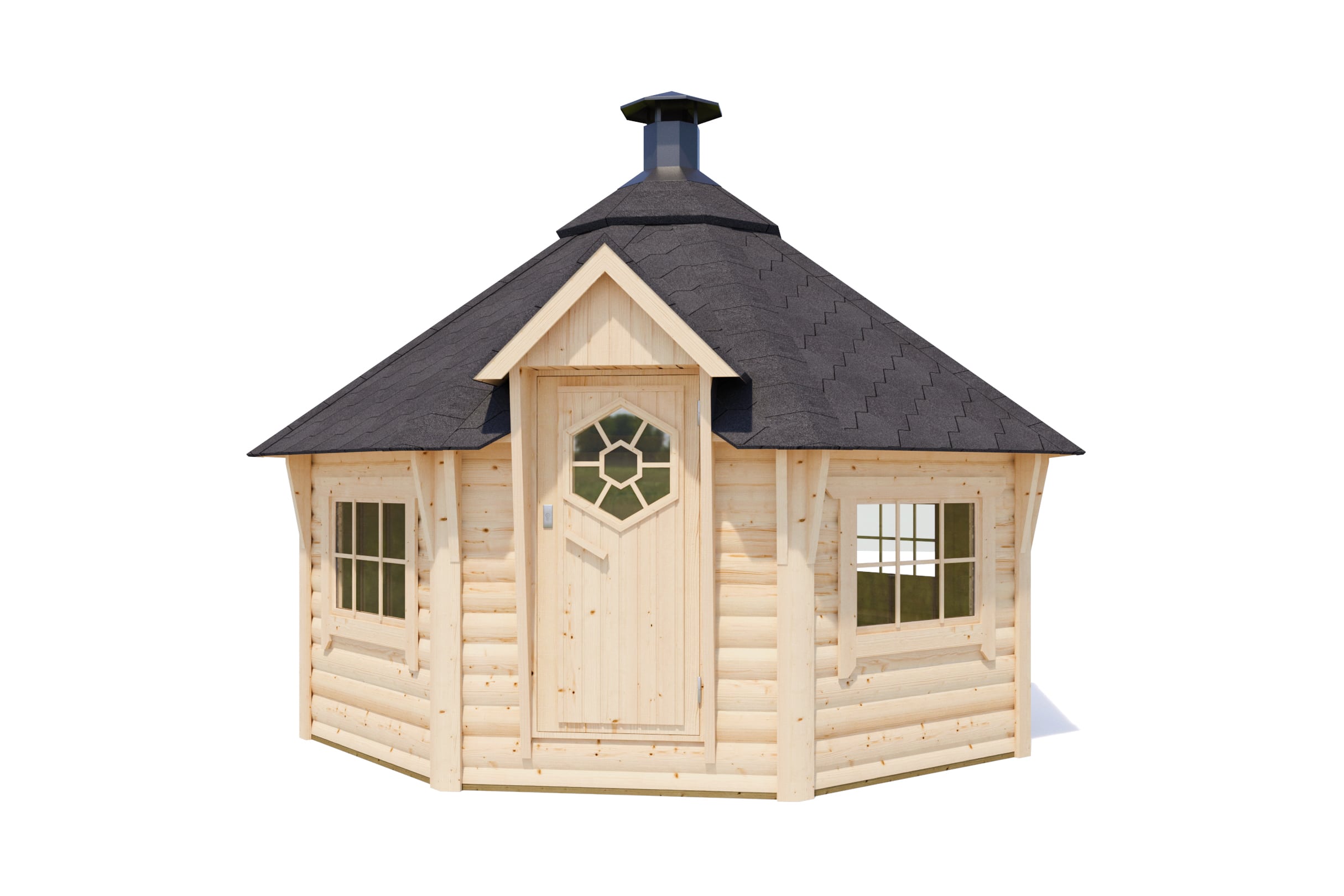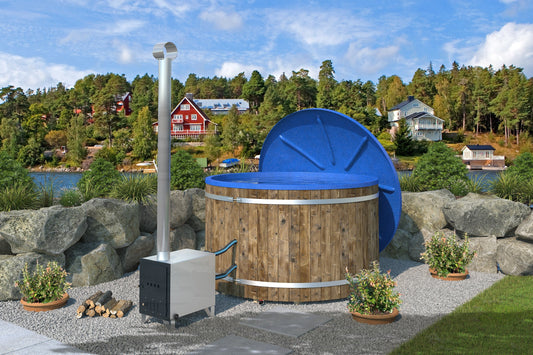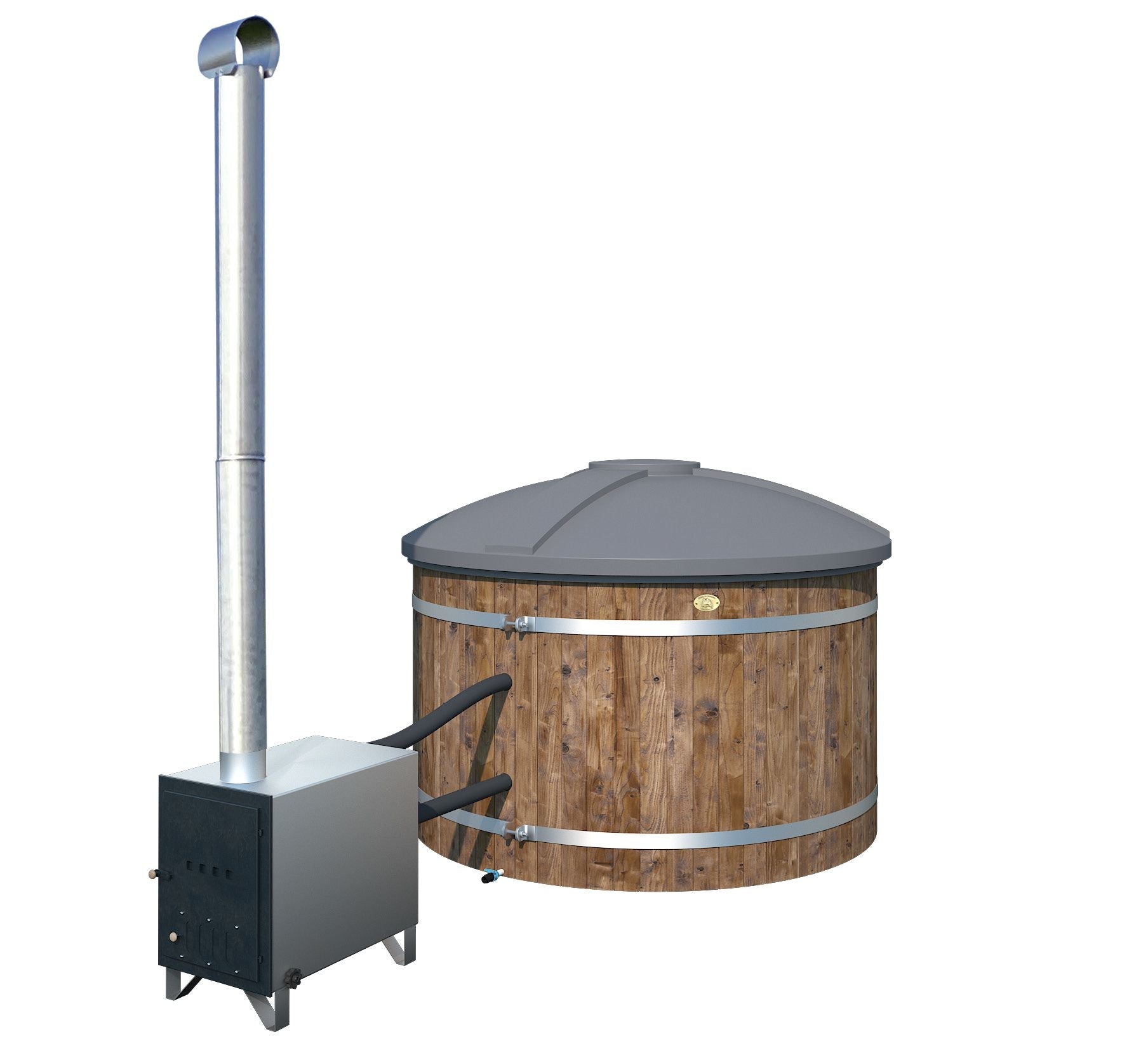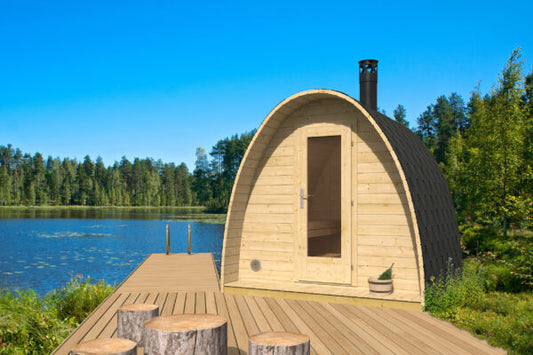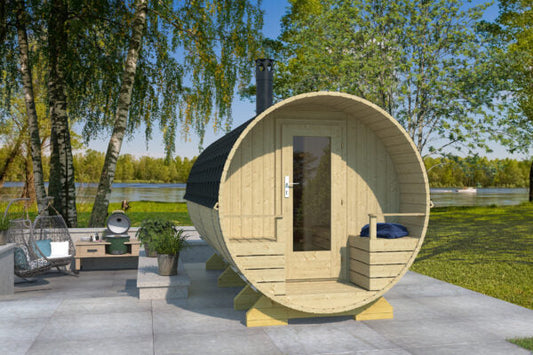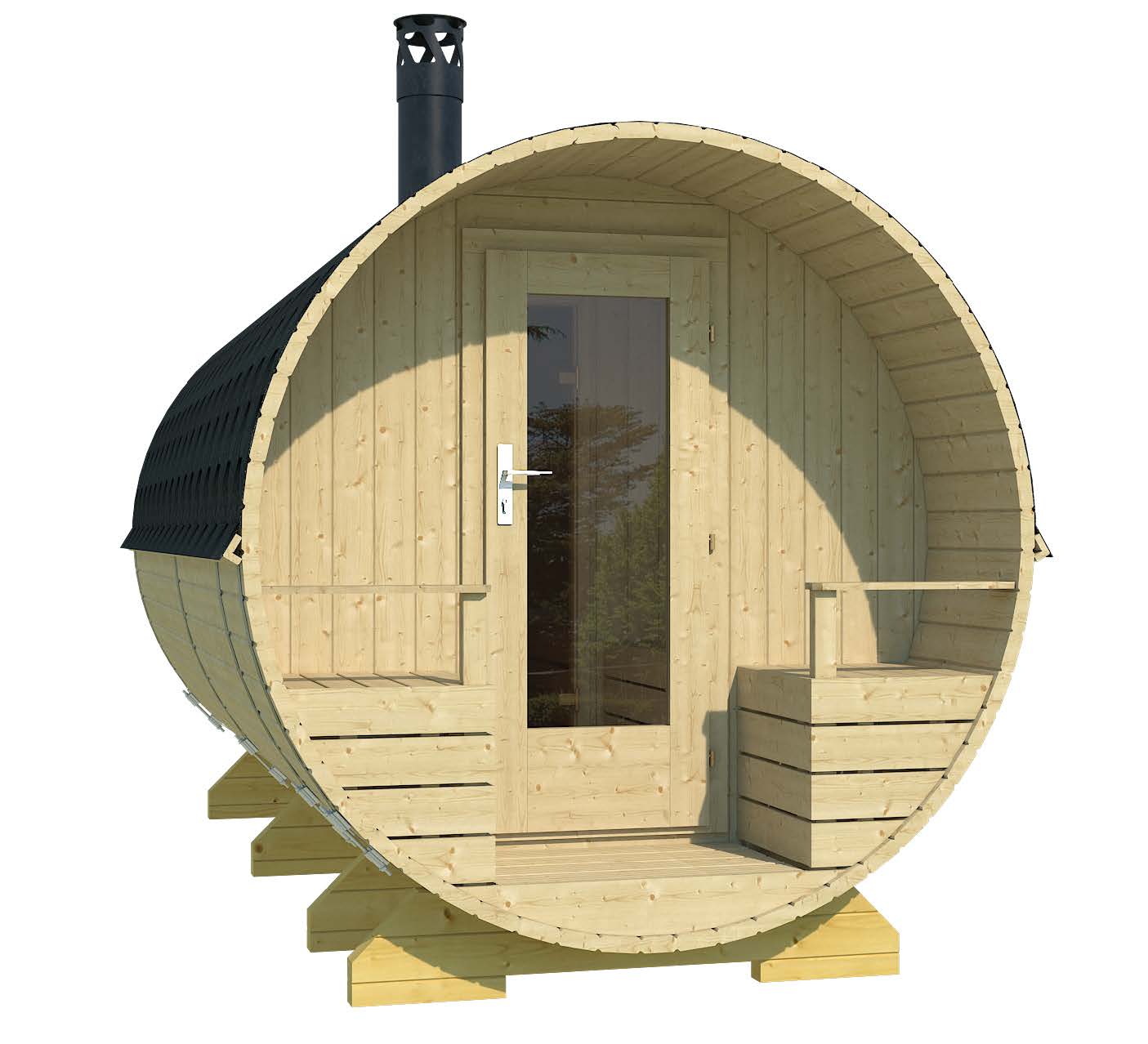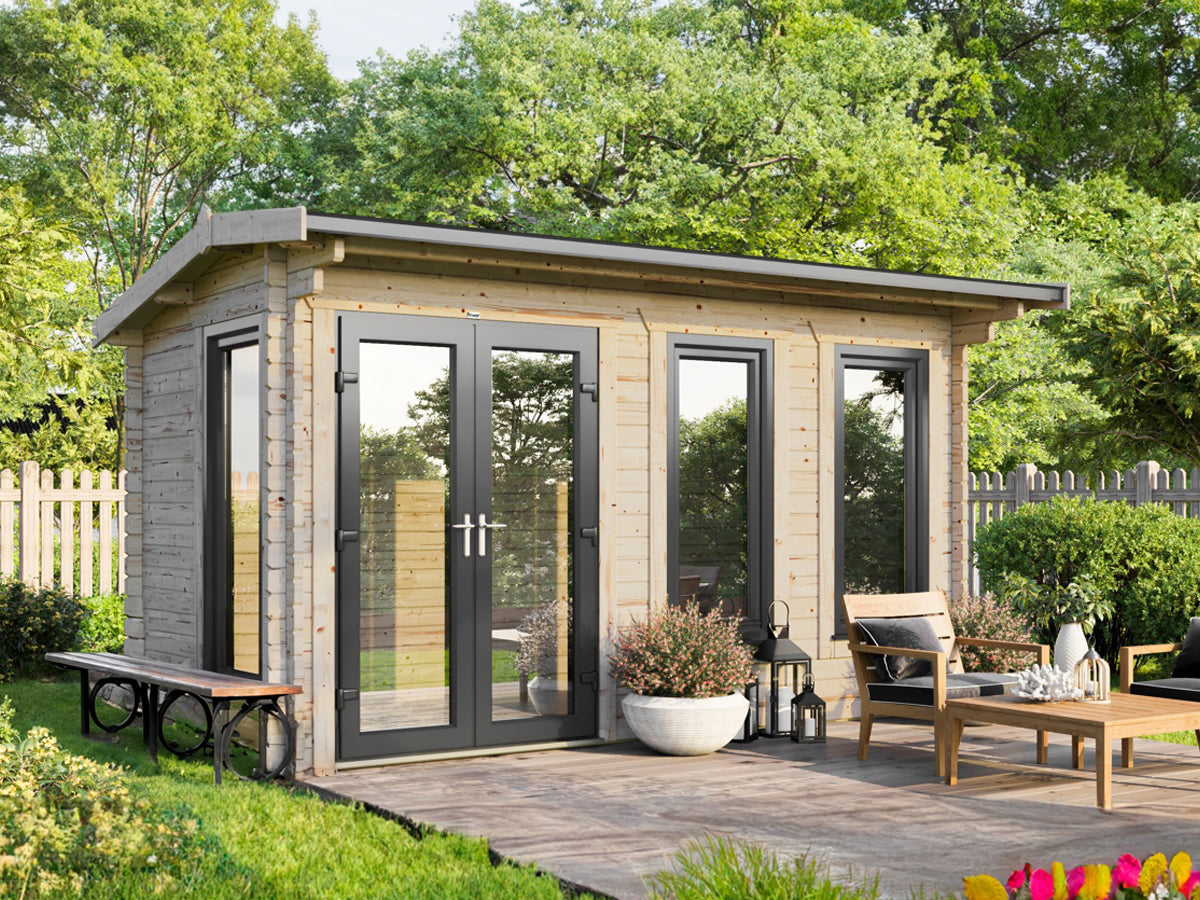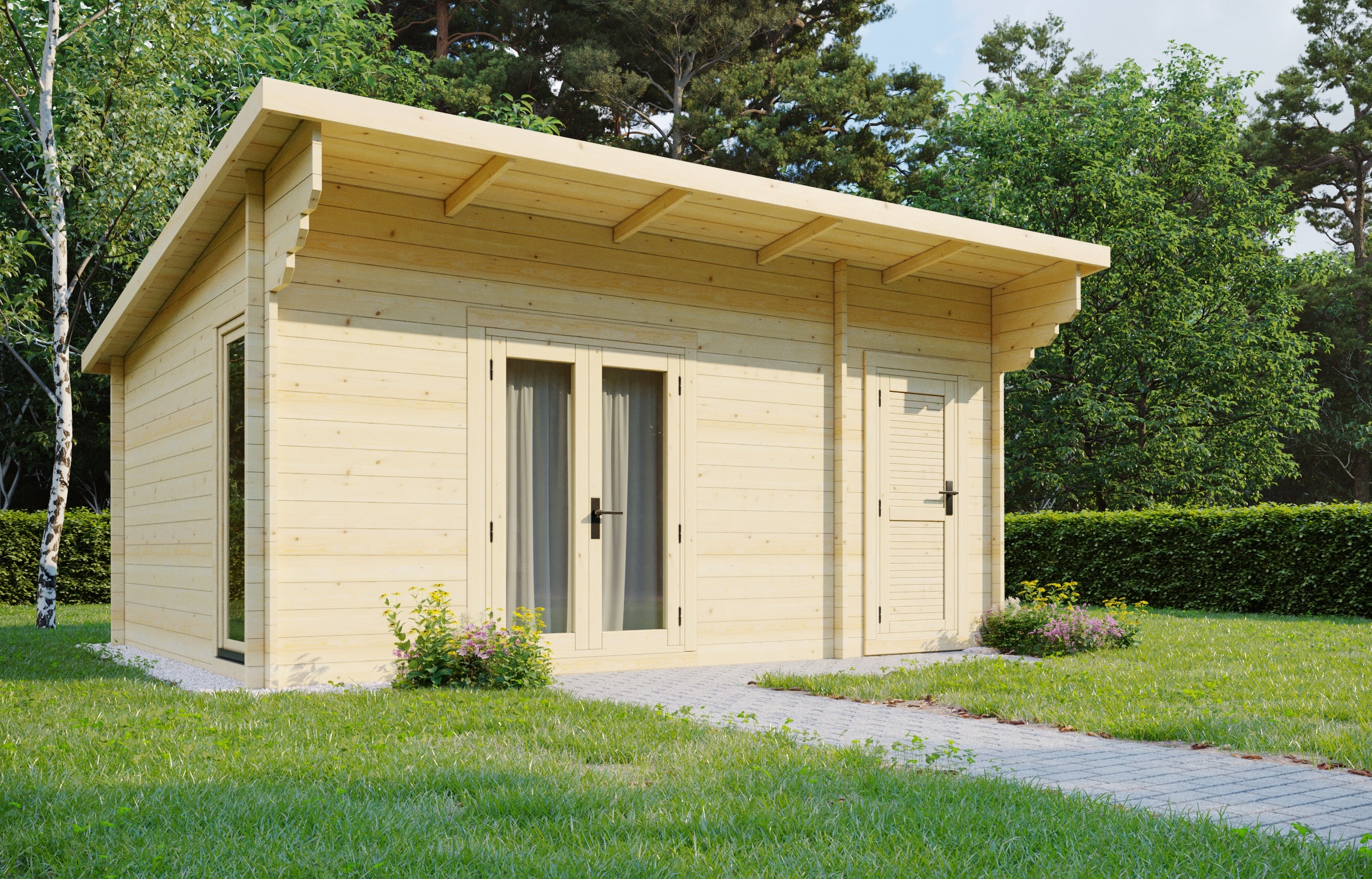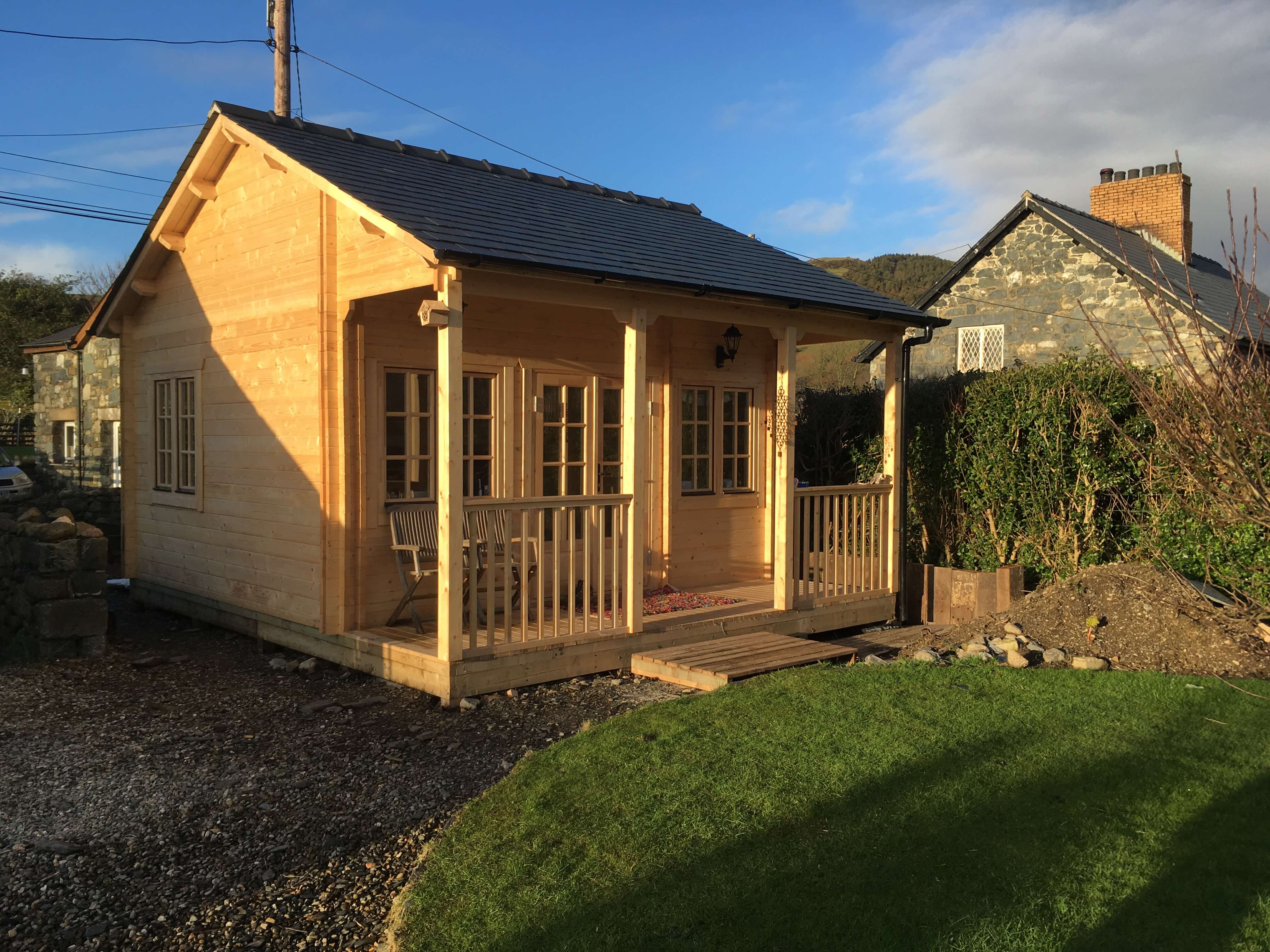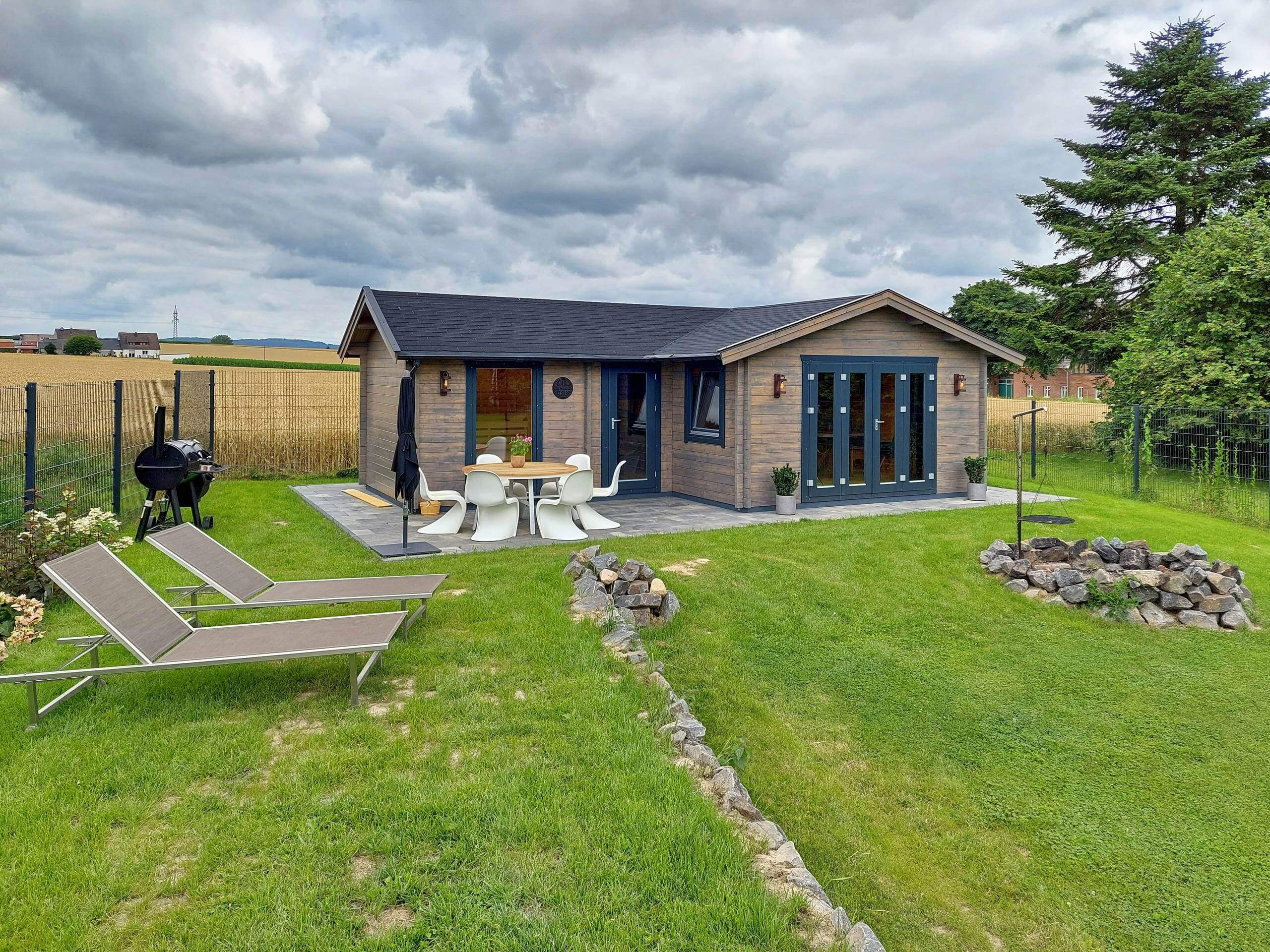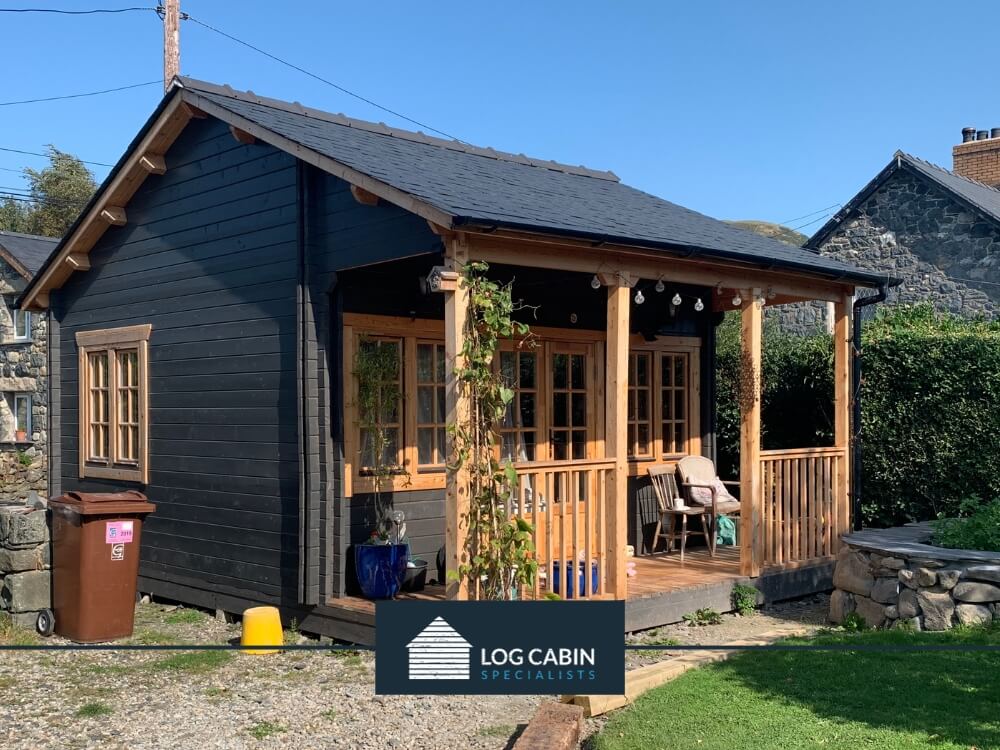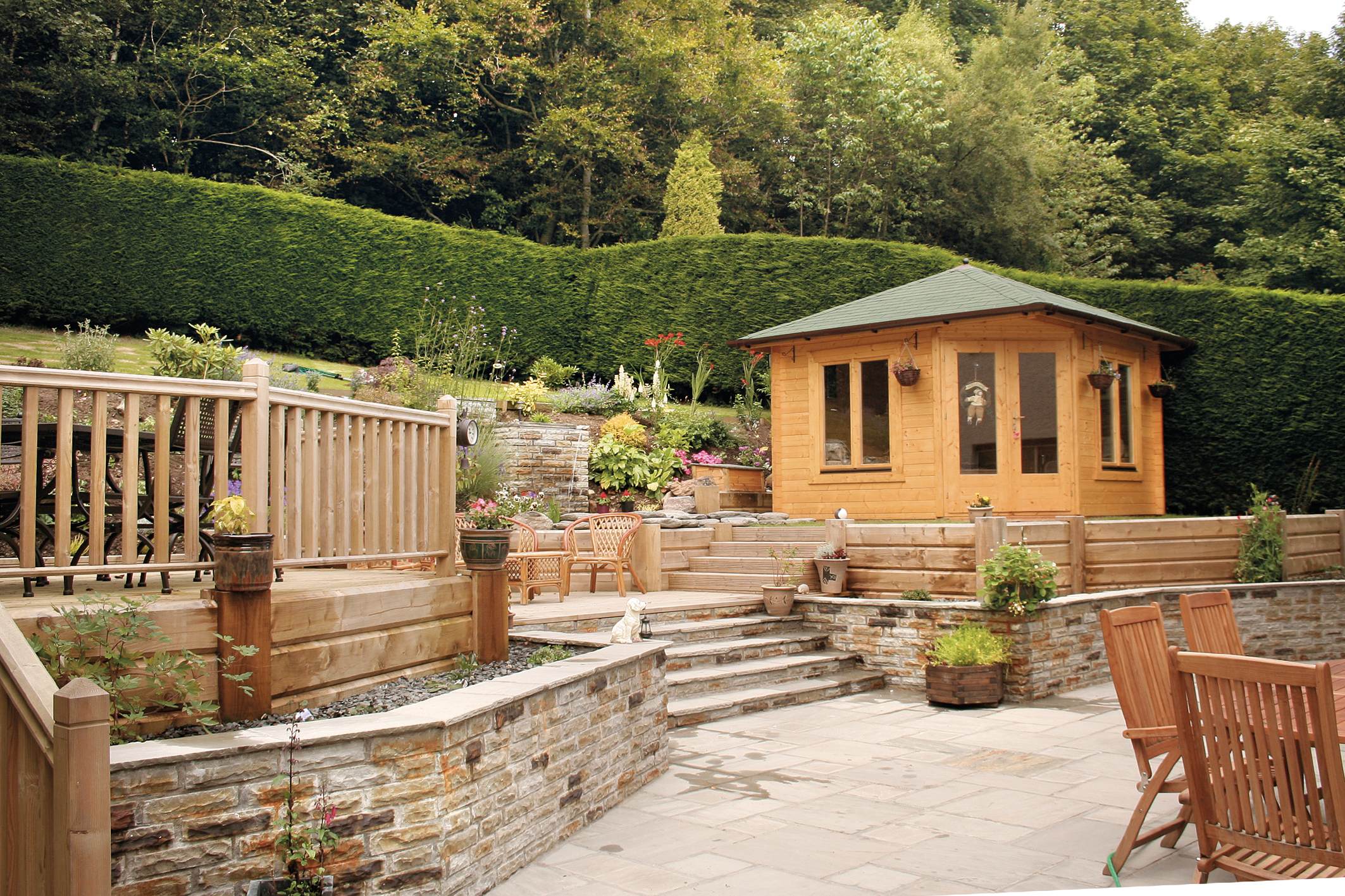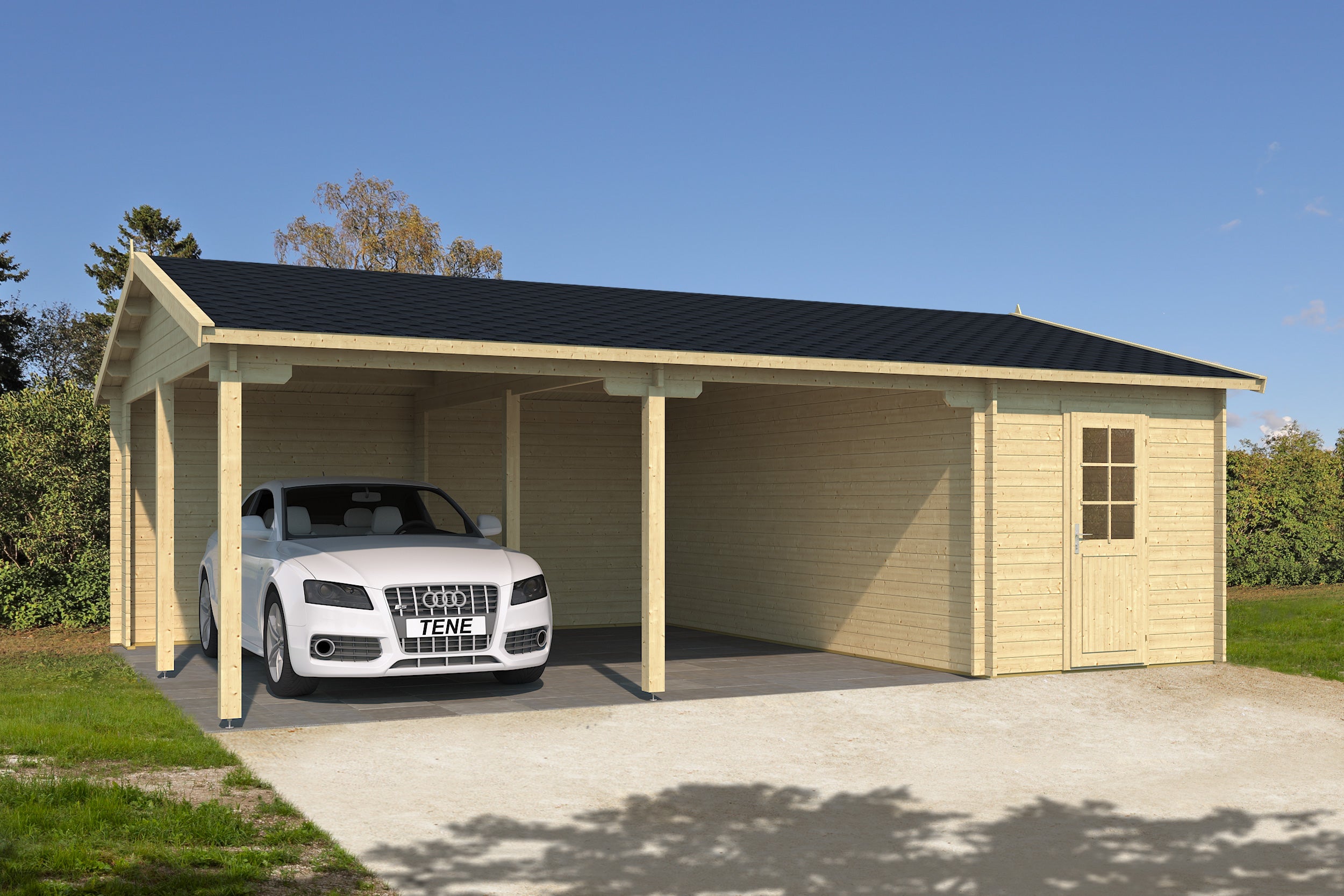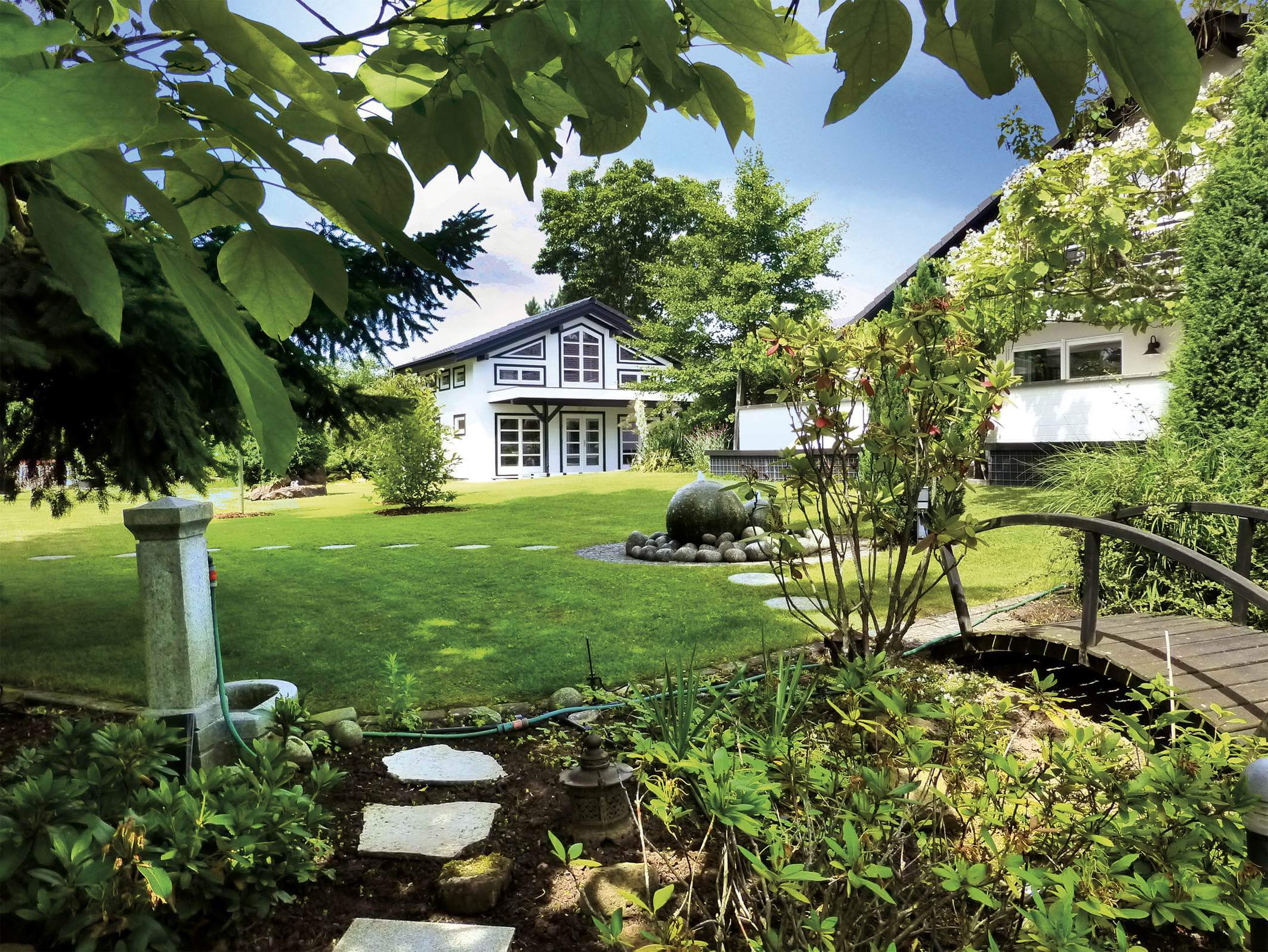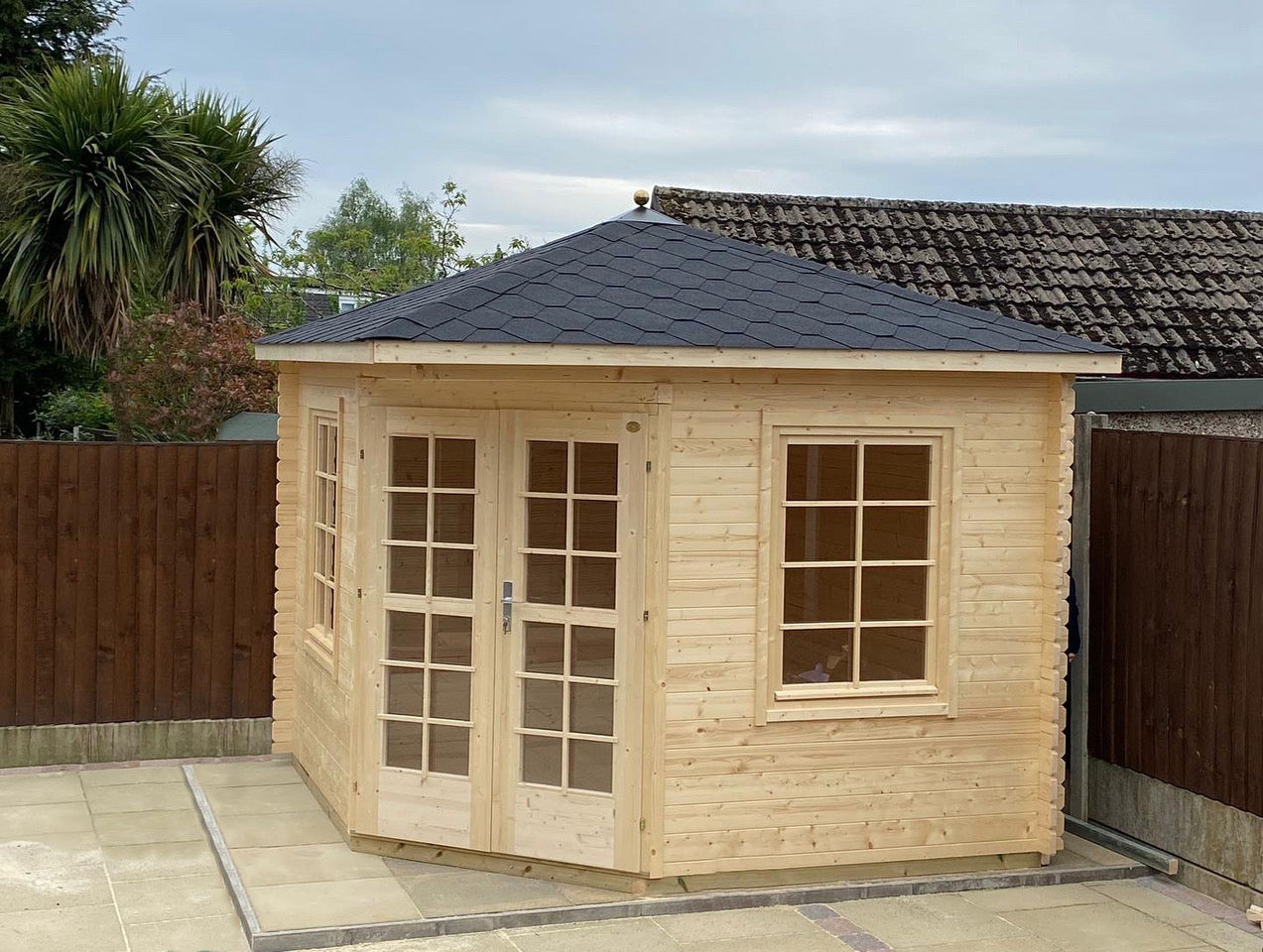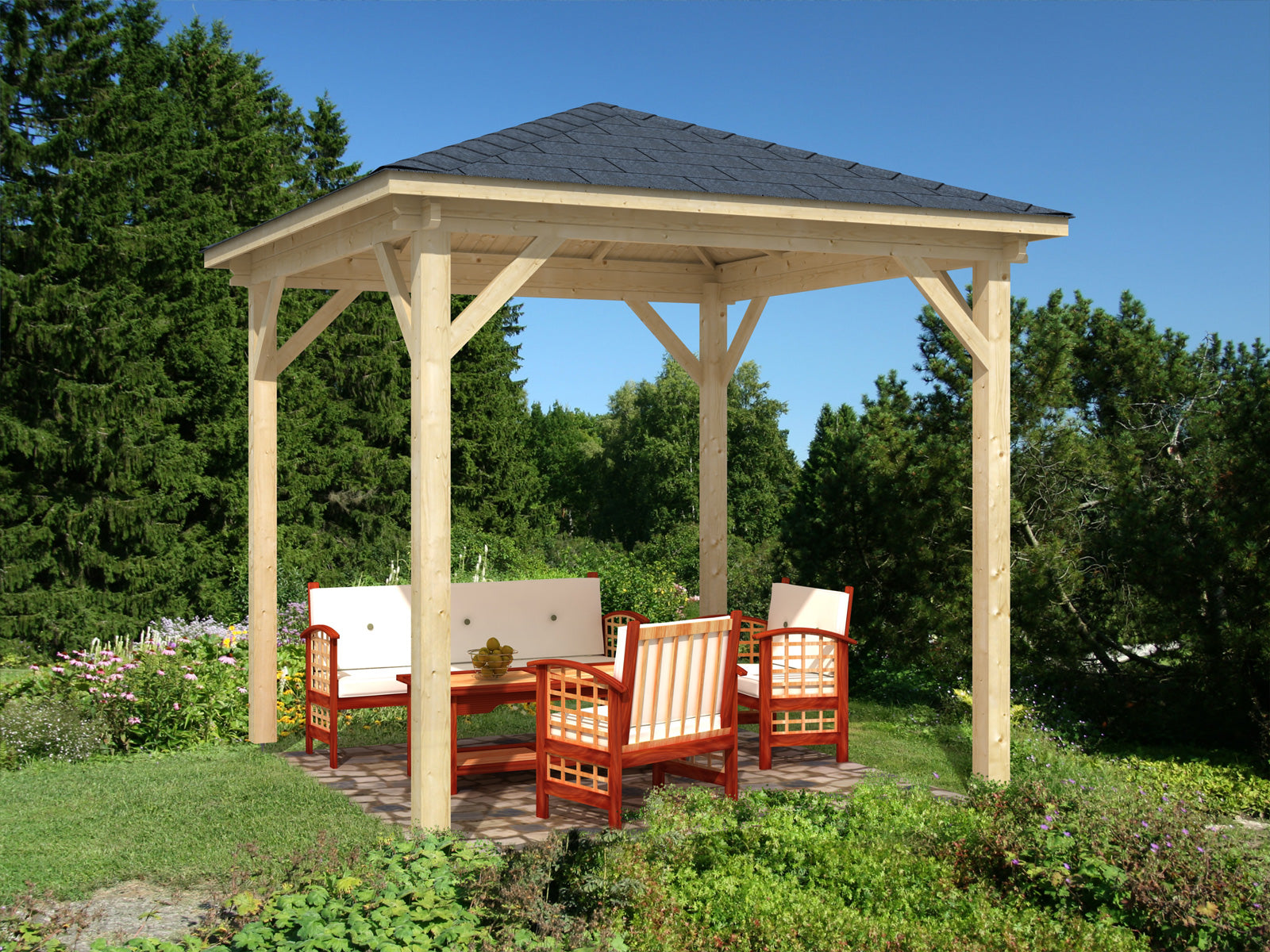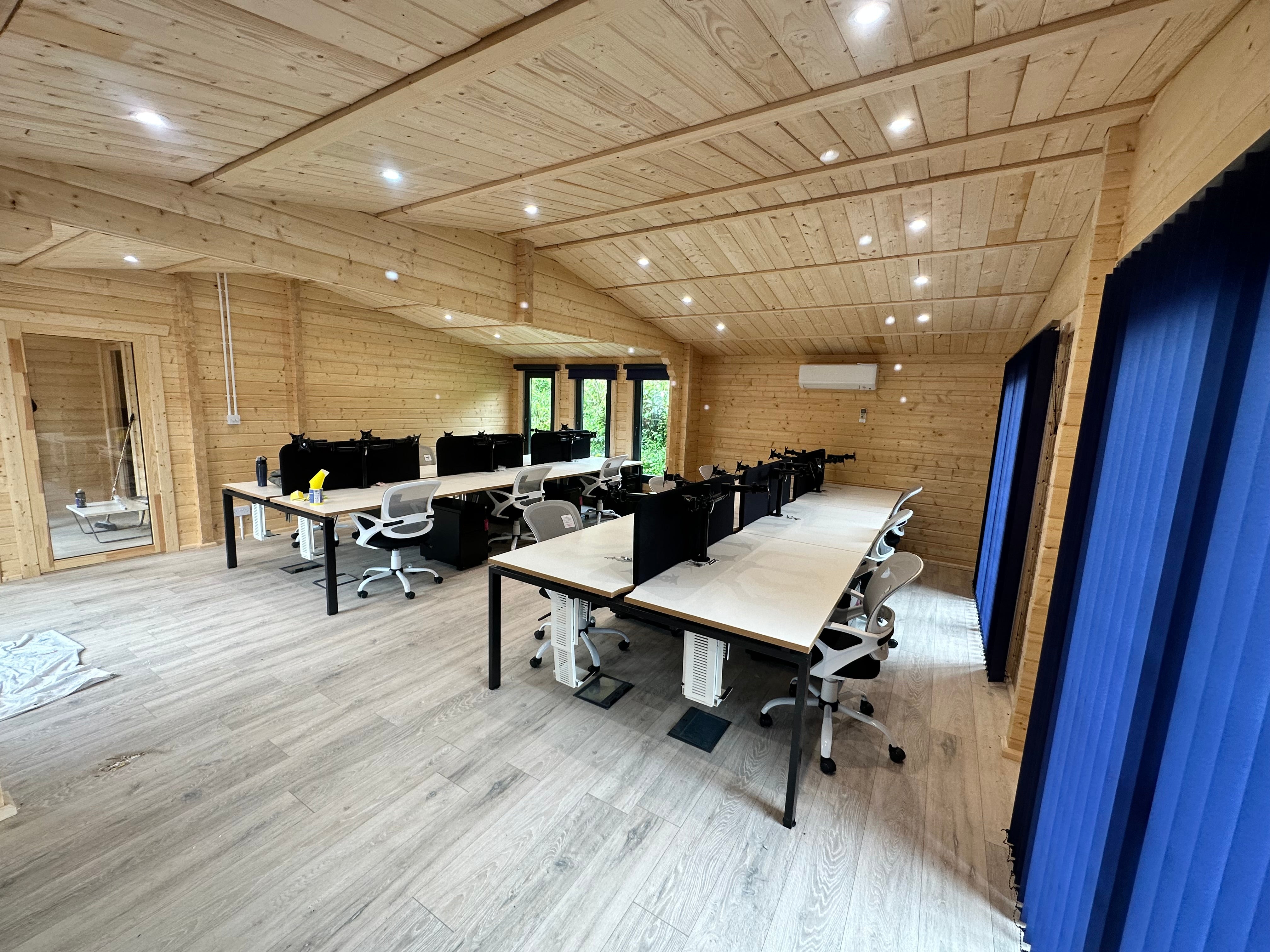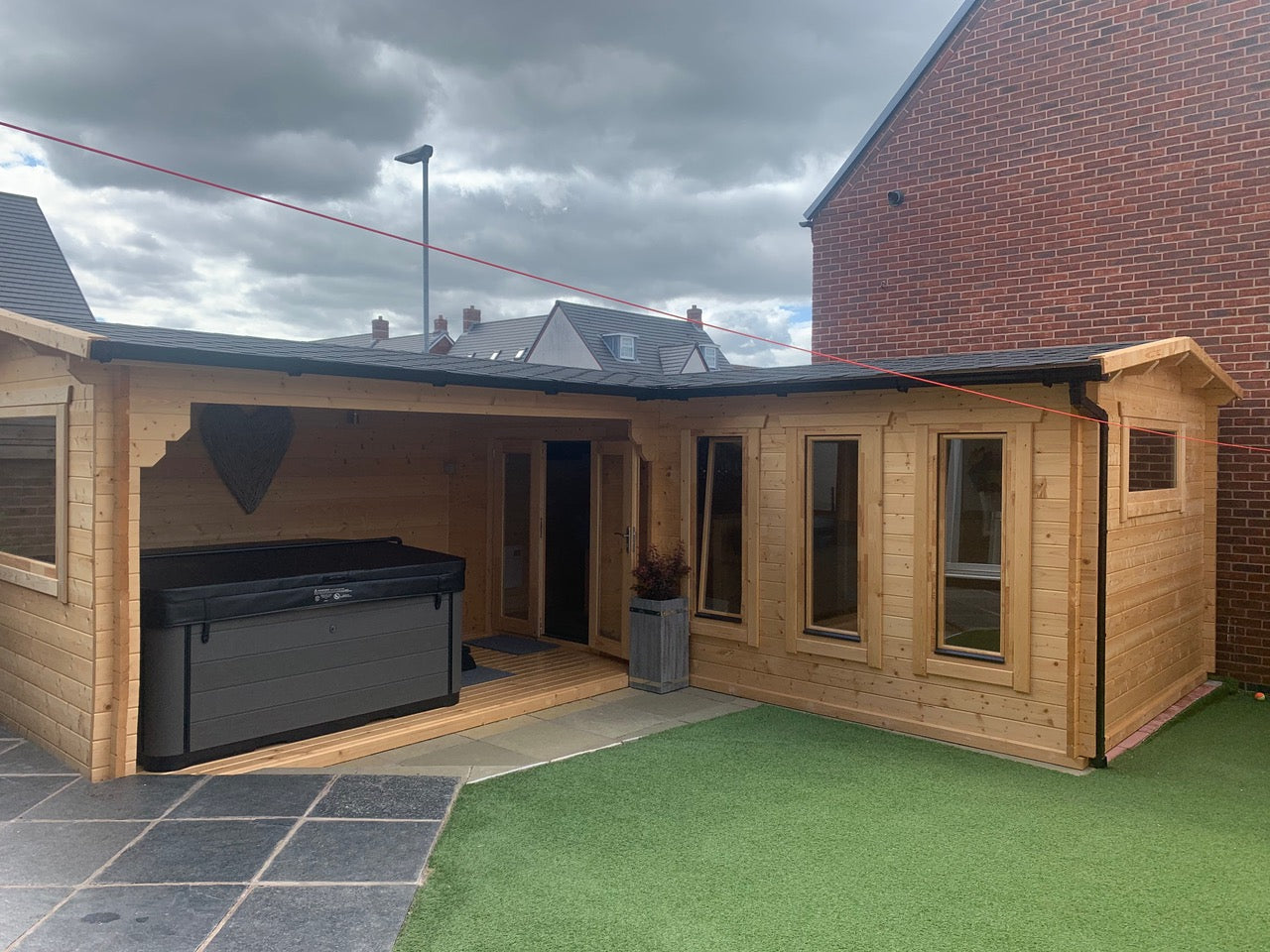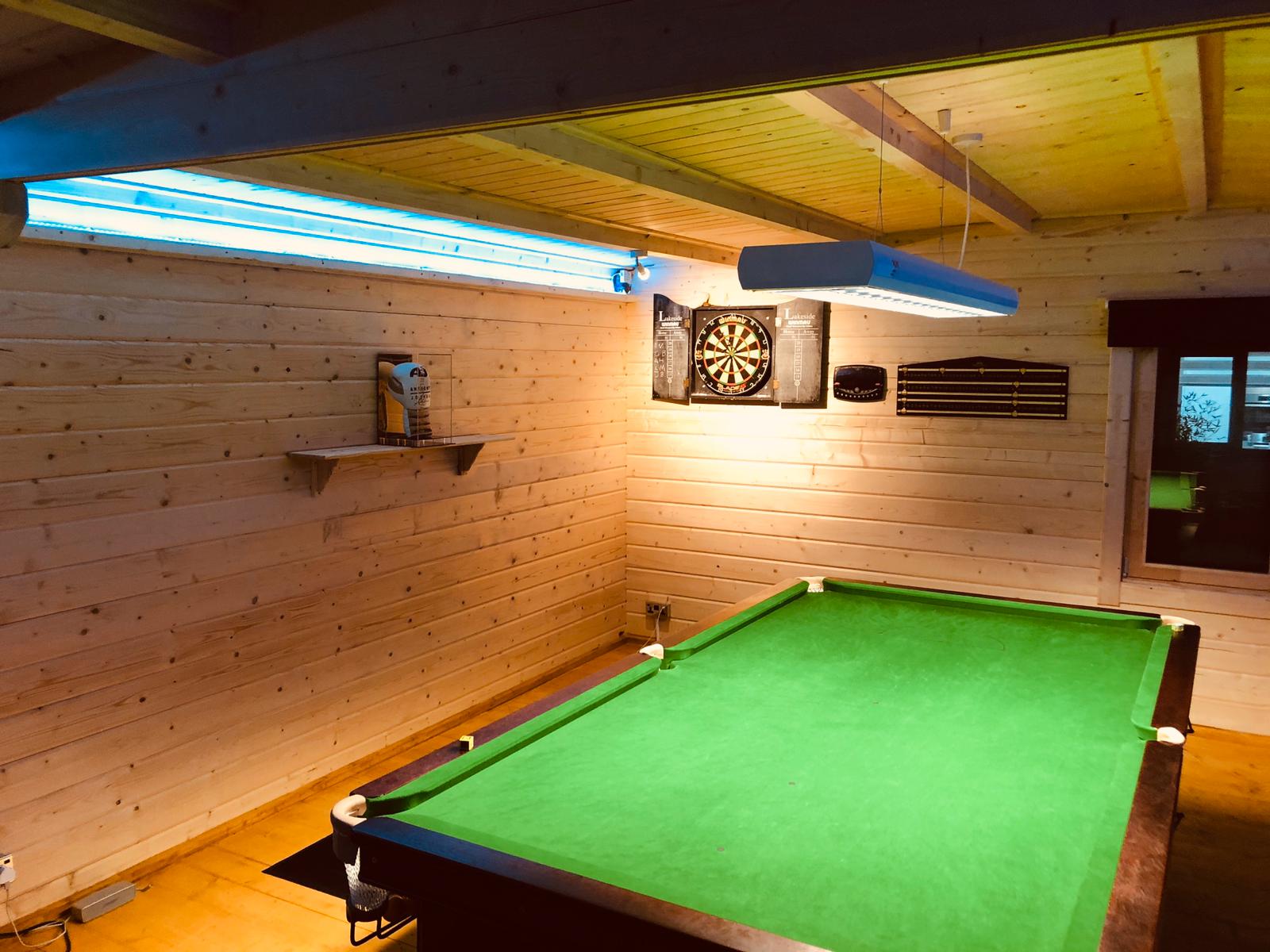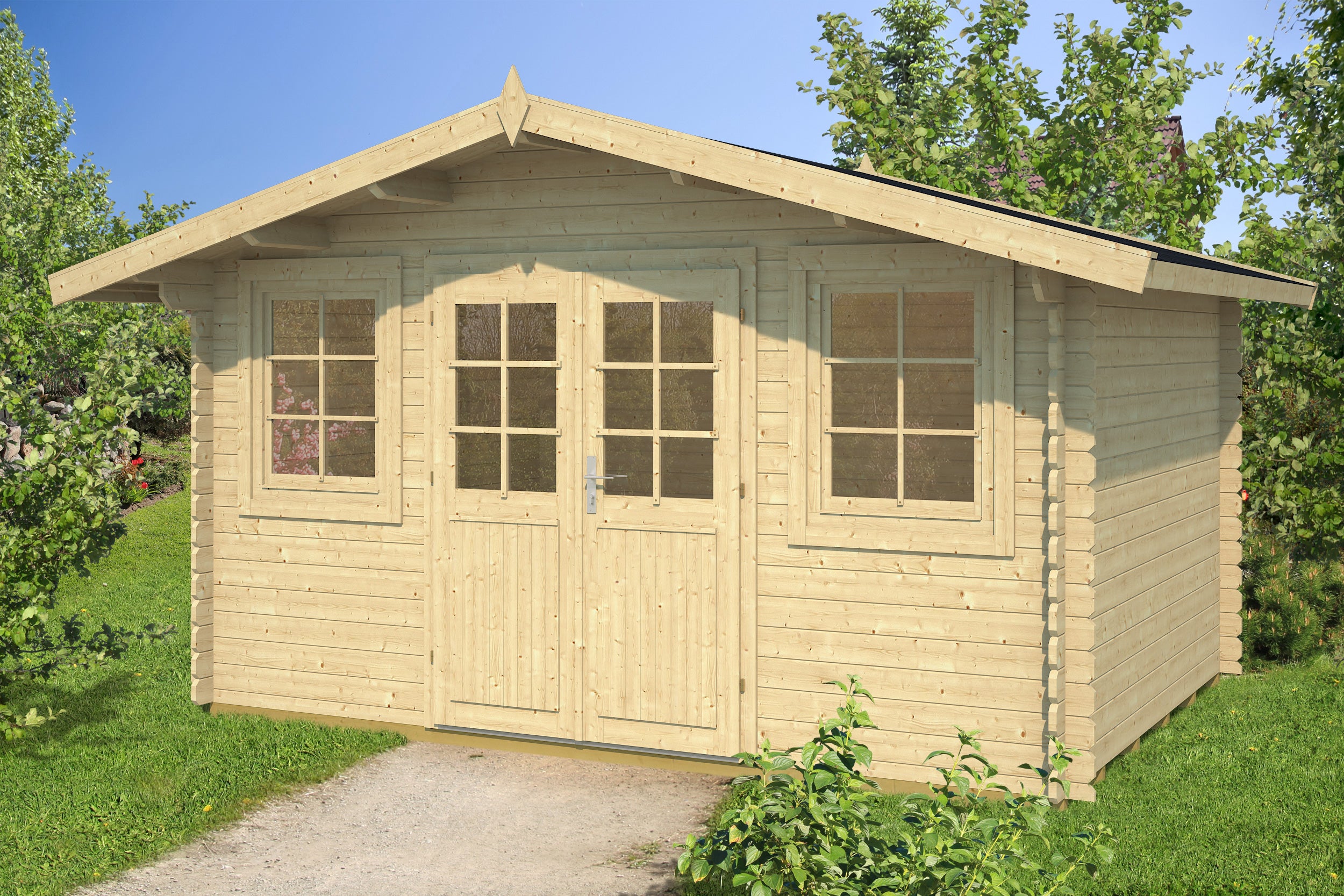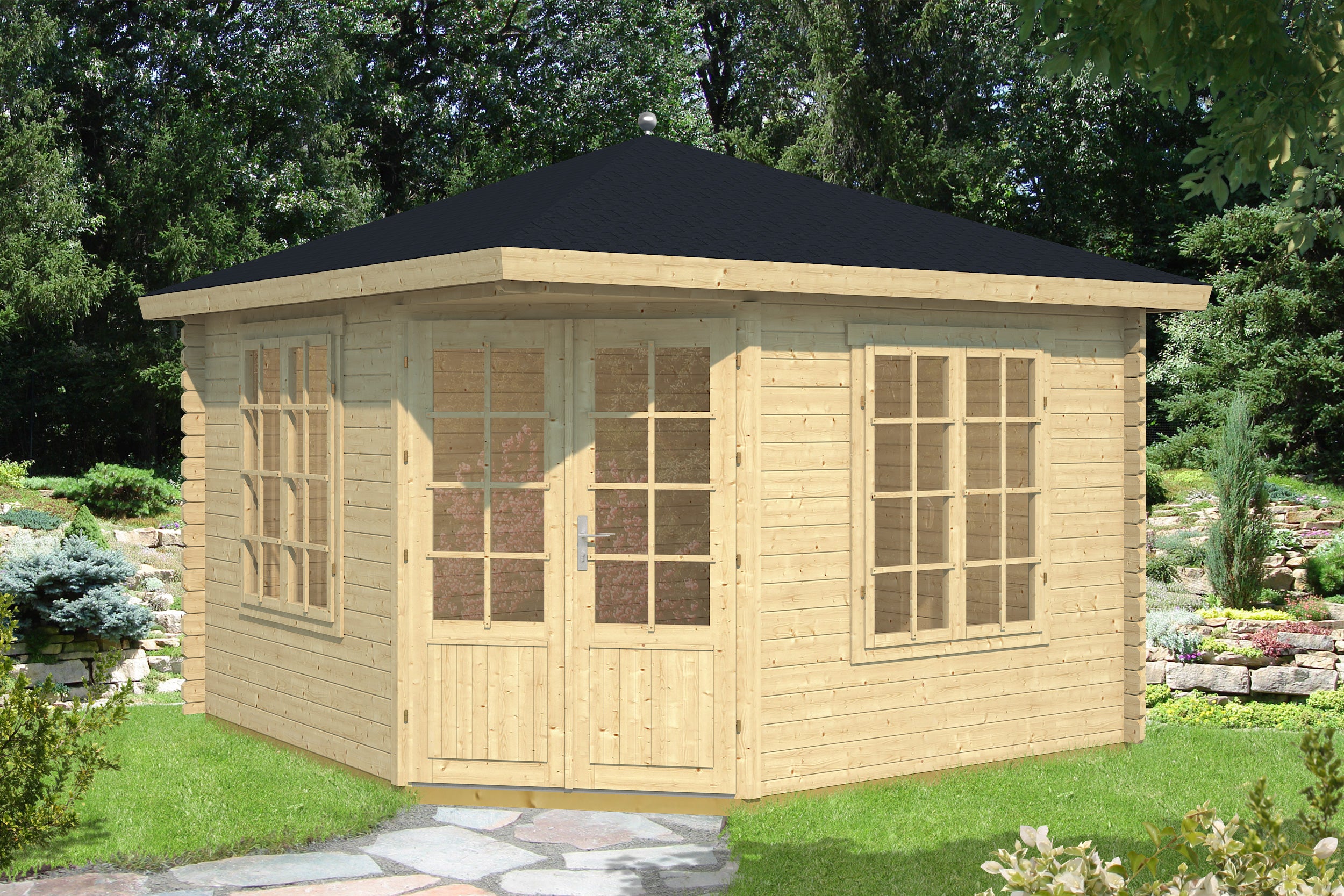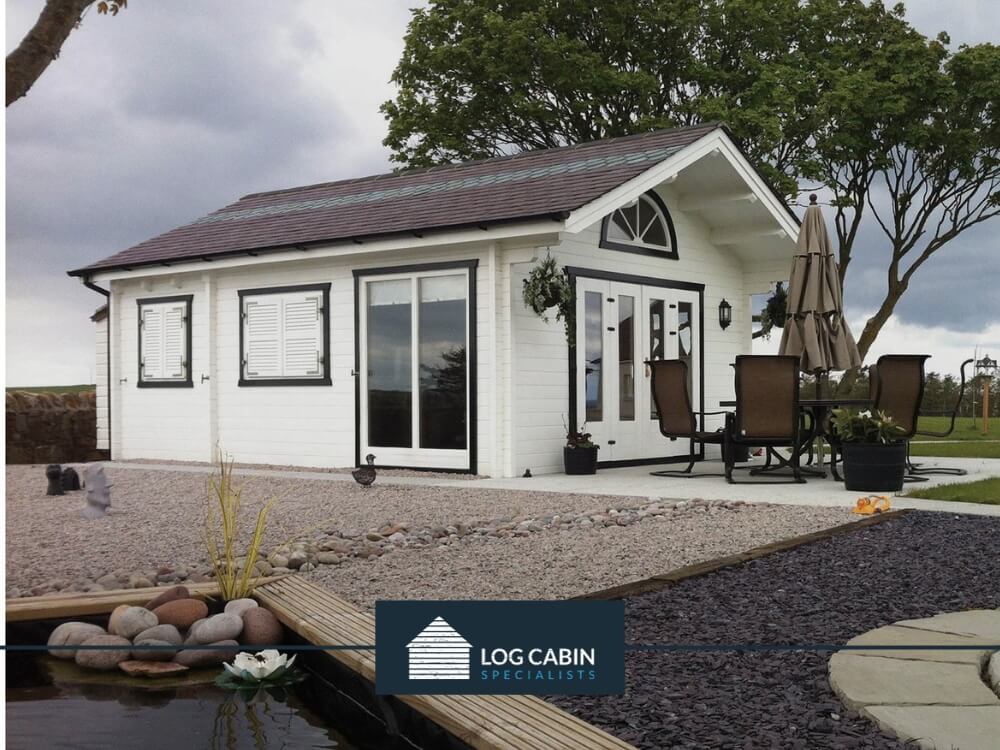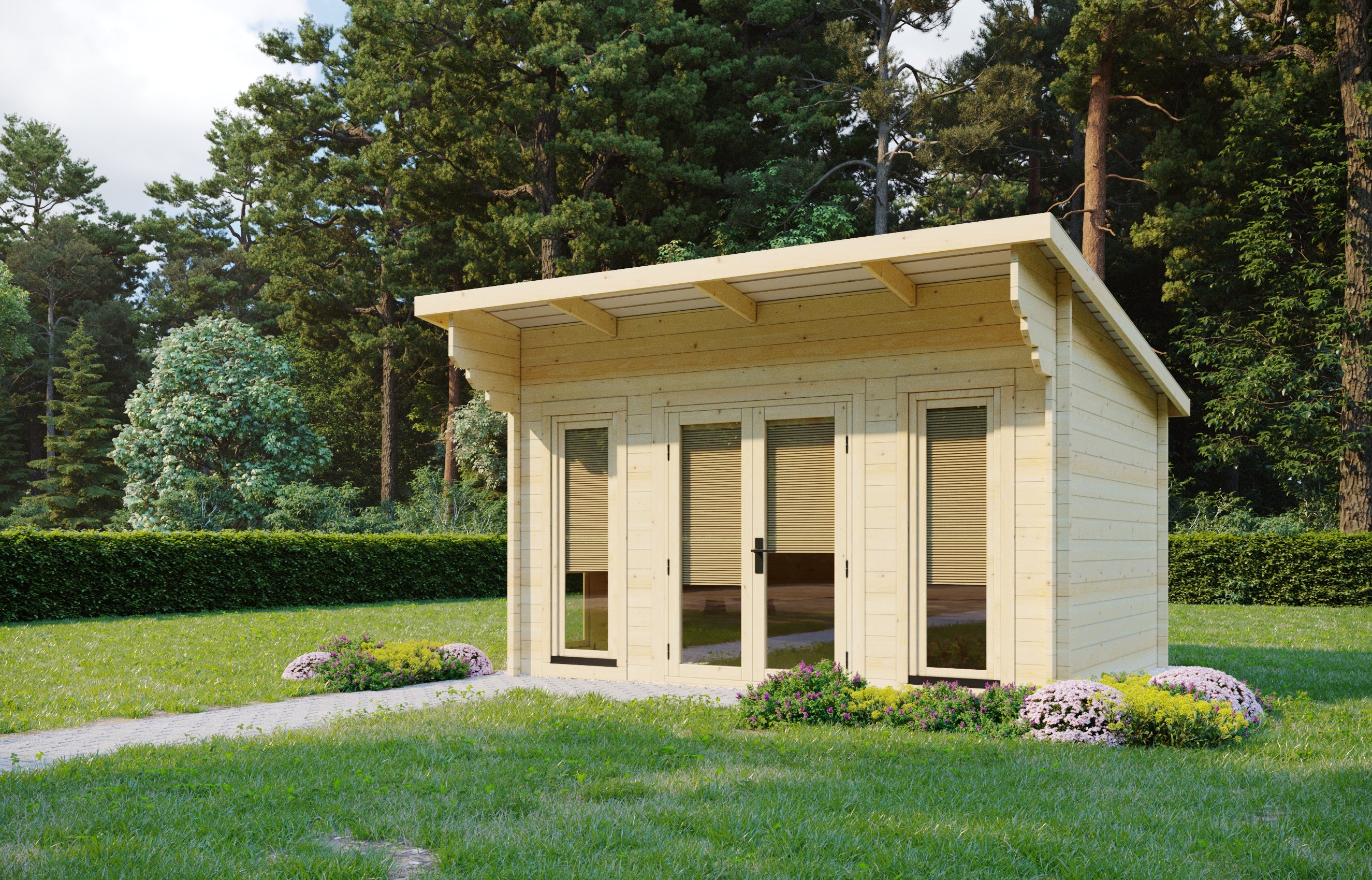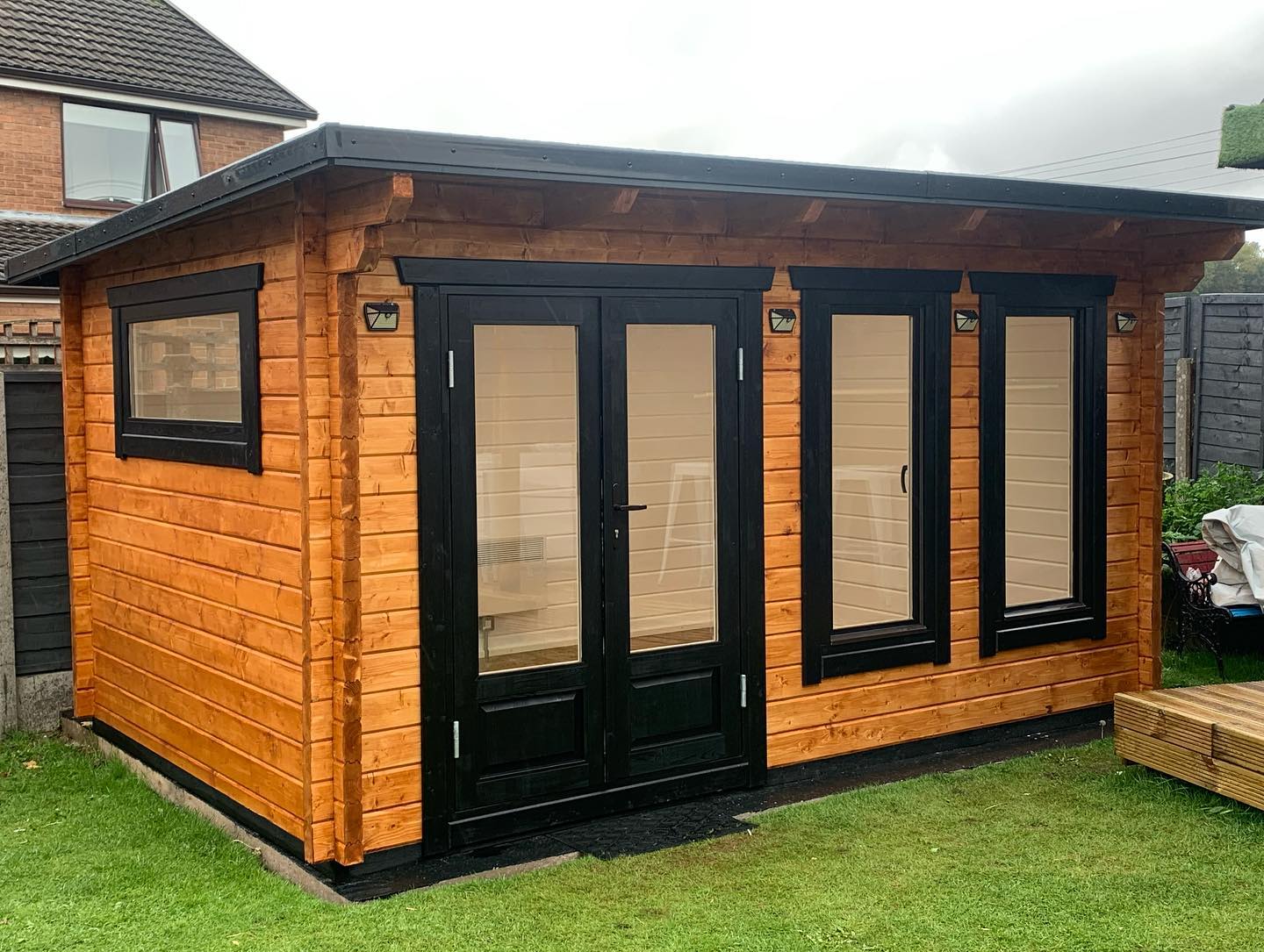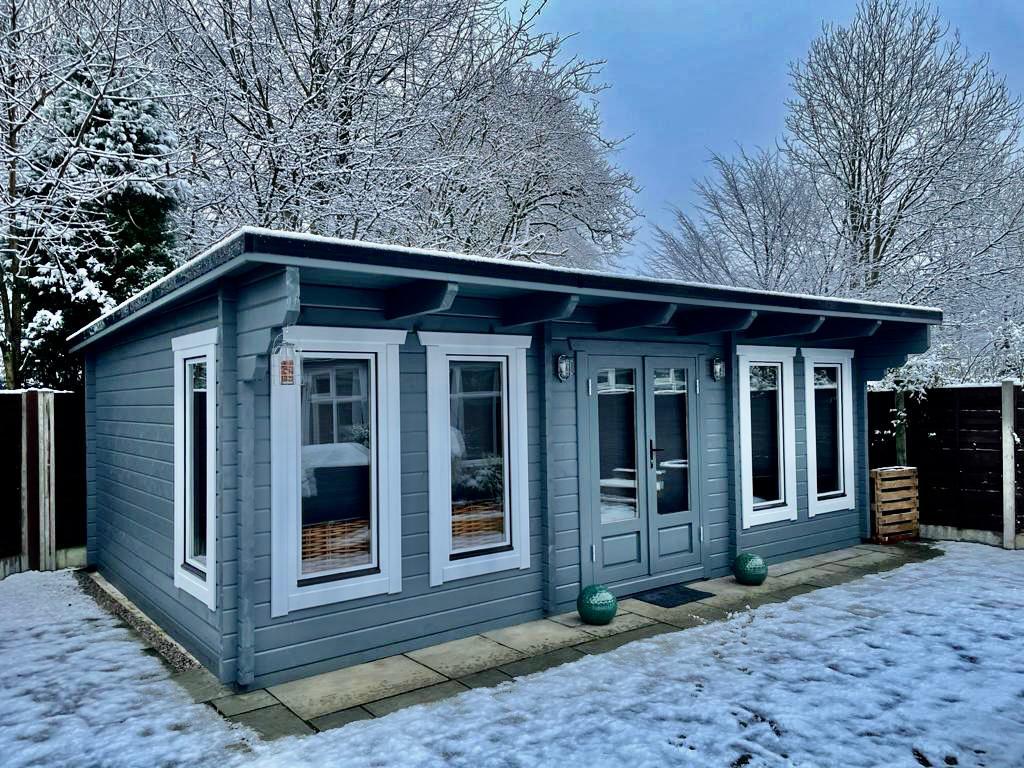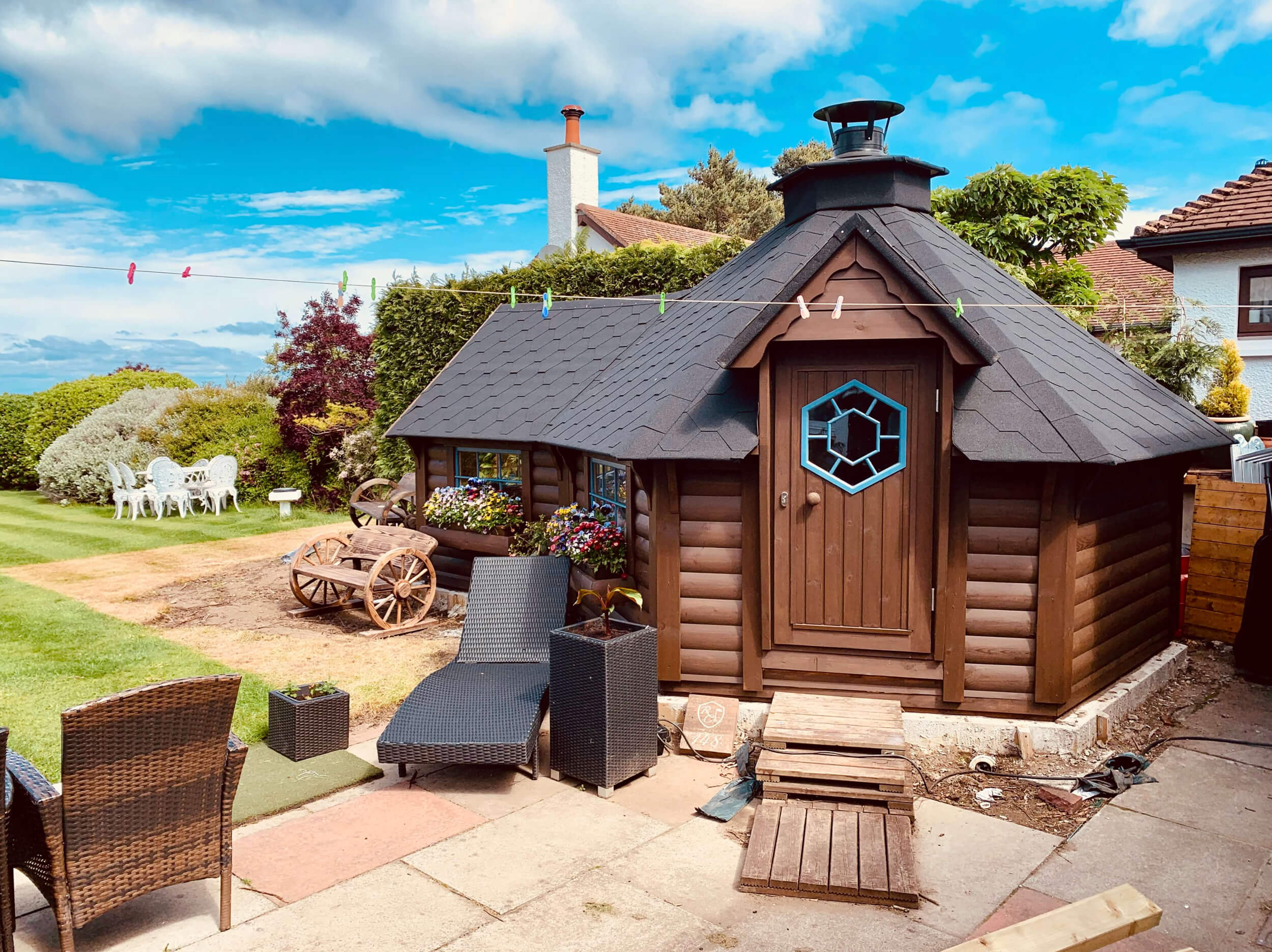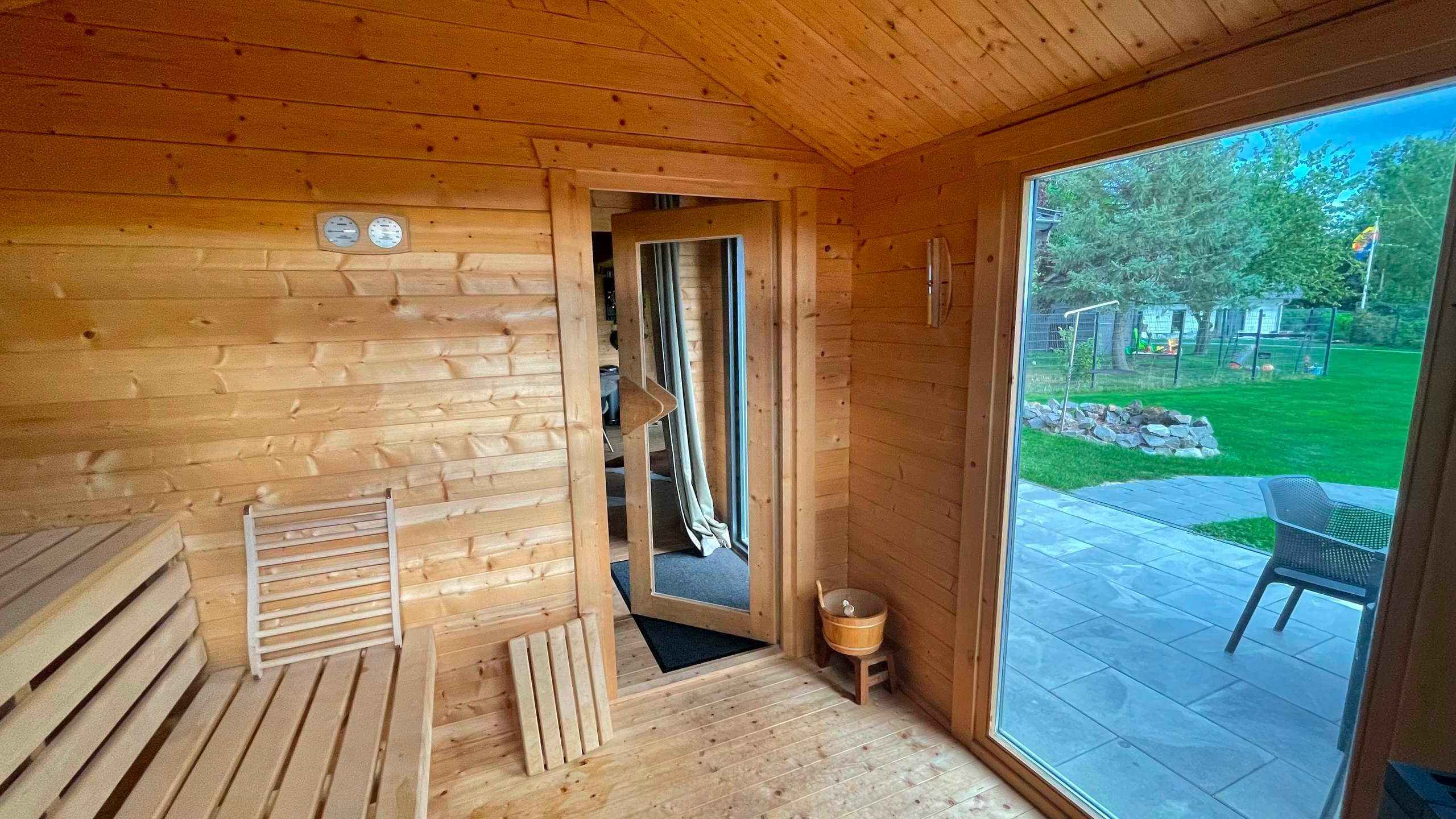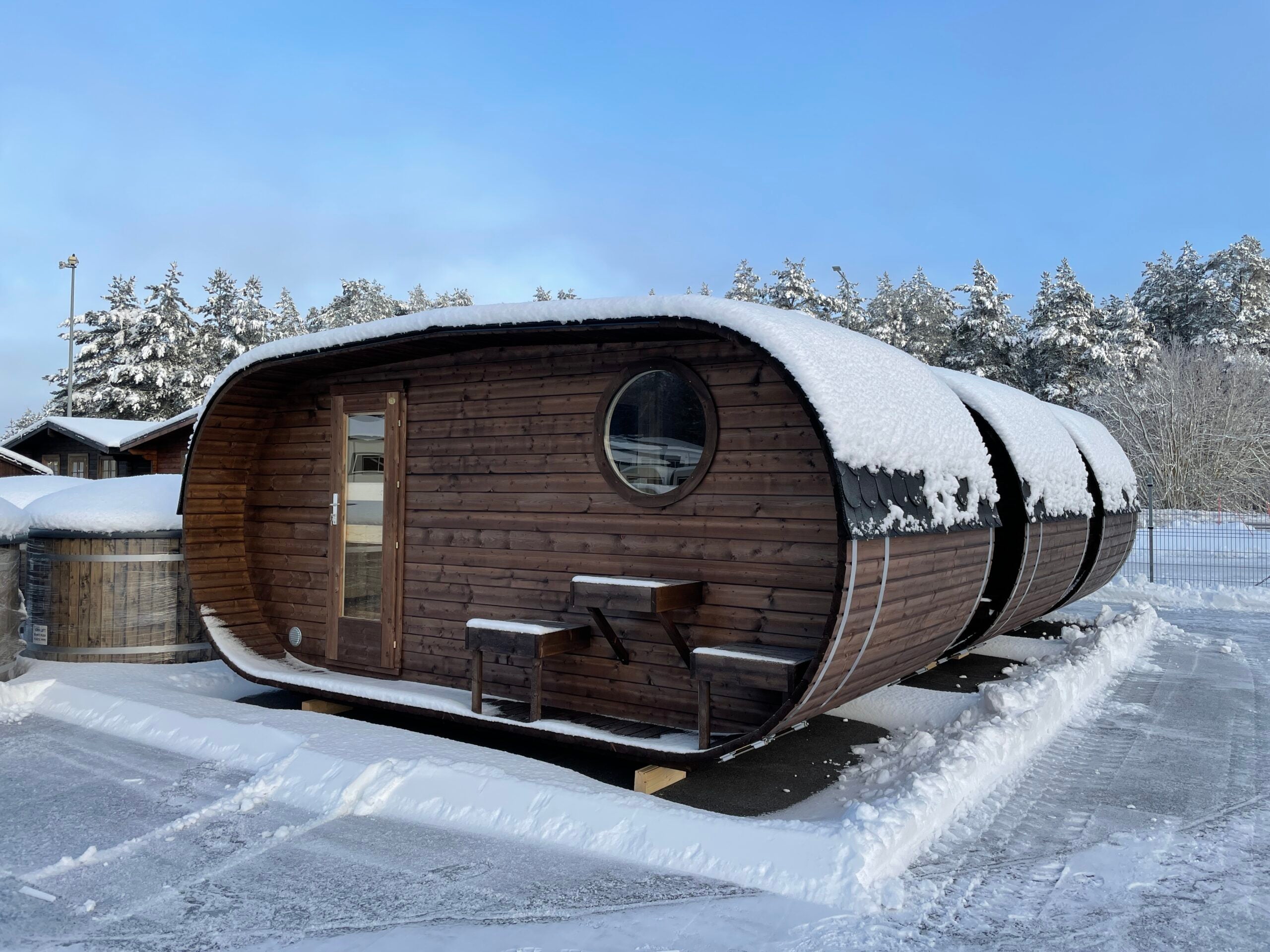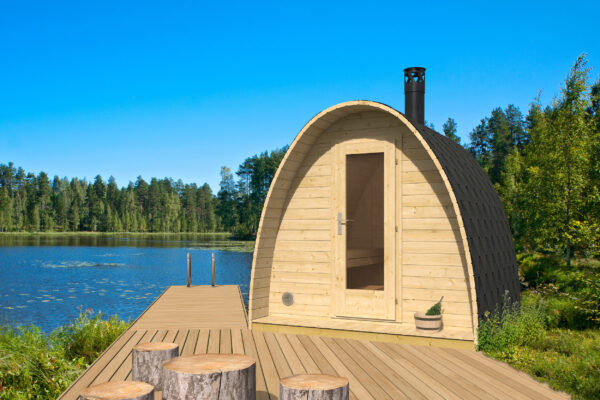So you’ve decided to add a touch of class to your outdoor space, with a log cabin from Log Cabin Specialists. Great choice.
Whatever the reasons for your choice, the chances are you’ve already found the ideal space to create the sort of relaxing and tranquil (or vibrant and busy!) cabin space you’re looking for.
Our log cabins are strong, dependable and sturdy. Nevertheless, a cabin is only as firm as the base upon which it’s stood. A faulty, poorly-thought-out or unsuitable base can quickly undermine both the soundness of the building, but also your enjoyment of it, too. By contrast, a solid base helps ensure windows and doors remain square, well-fitting and secure, can help maintain good drainage and, ultimately, prolongs the lifespan of your cabin.
Here, we run through the base options to help you make a decision on the right choice for your space.
Whatever the reasons for your choice, the chances are you’ve already found the ideal space to create the sort of relaxing and tranquil (or vibrant and busy!) cabin space you’re looking for.
Our log cabins are strong, dependable and sturdy. Nevertheless, a cabin is only as firm as the base upon which it’s stood. A faulty, poorly-thought-out or unsuitable base can quickly undermine both the soundness of the building, but also your enjoyment of it, too. By contrast, a solid base helps ensure windows and doors remain square, well-fitting and secure, can help maintain good drainage and, ultimately, prolongs the lifespan of your cabin.
Here, we run through the base options to help you make a decision on the right choice for your space.

Ensuring you have a solid foundation for your log cabin.
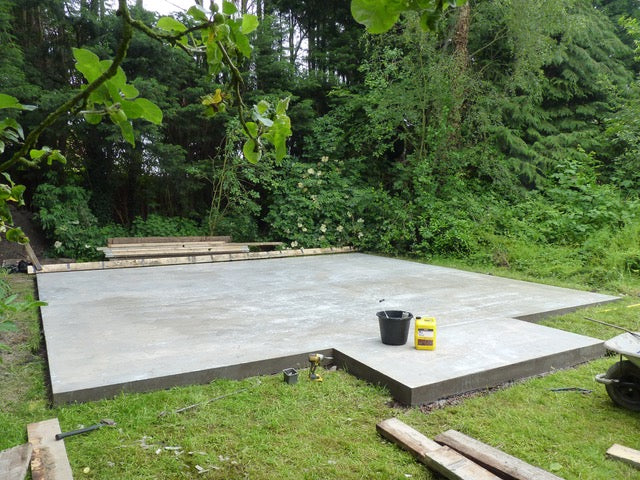
Concrete Base.
Timber Frame Base.


Pillar Base.
Screw Pile Base.


